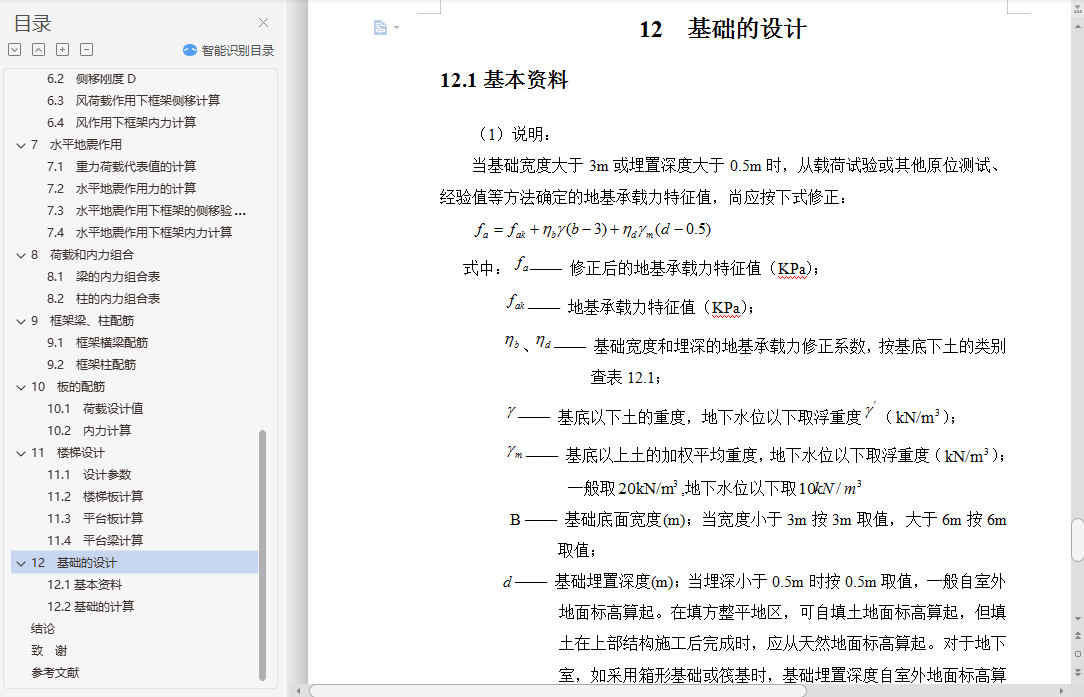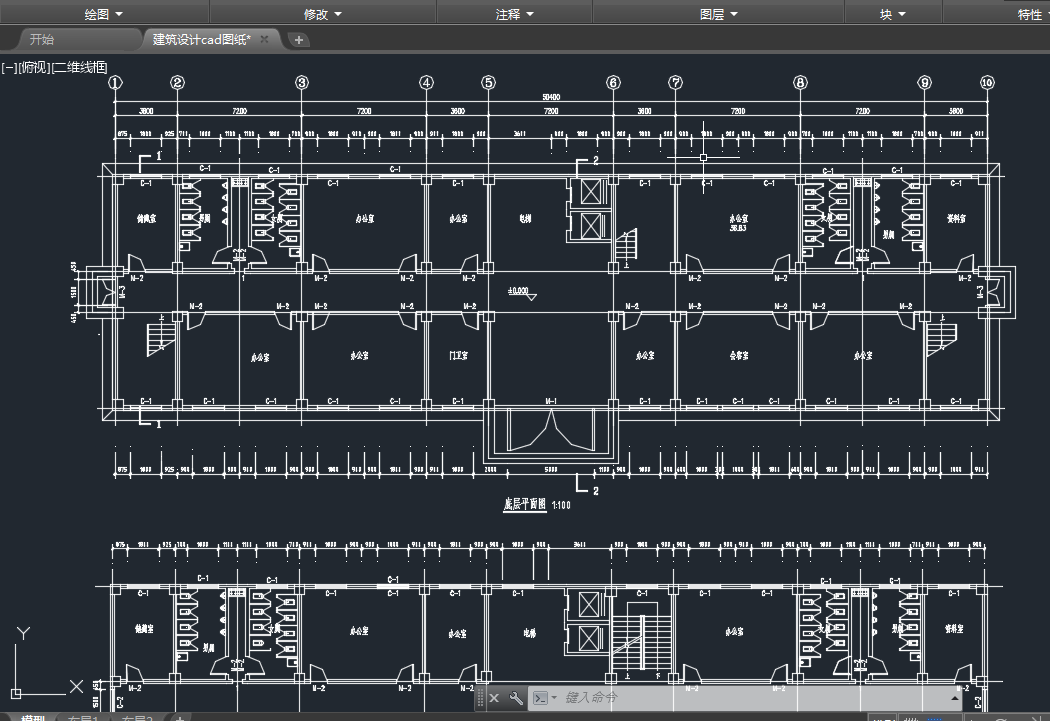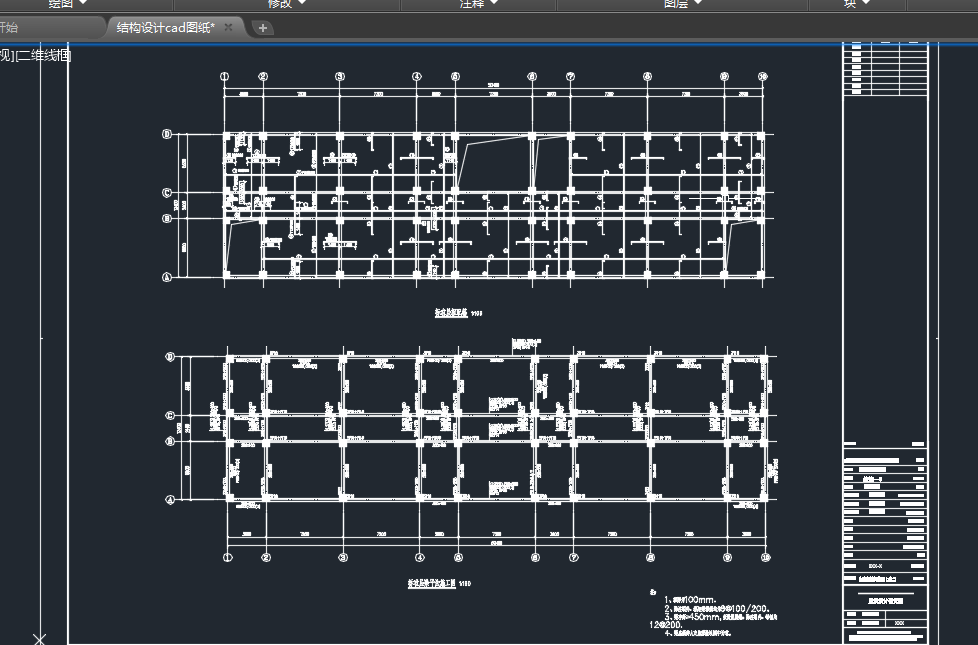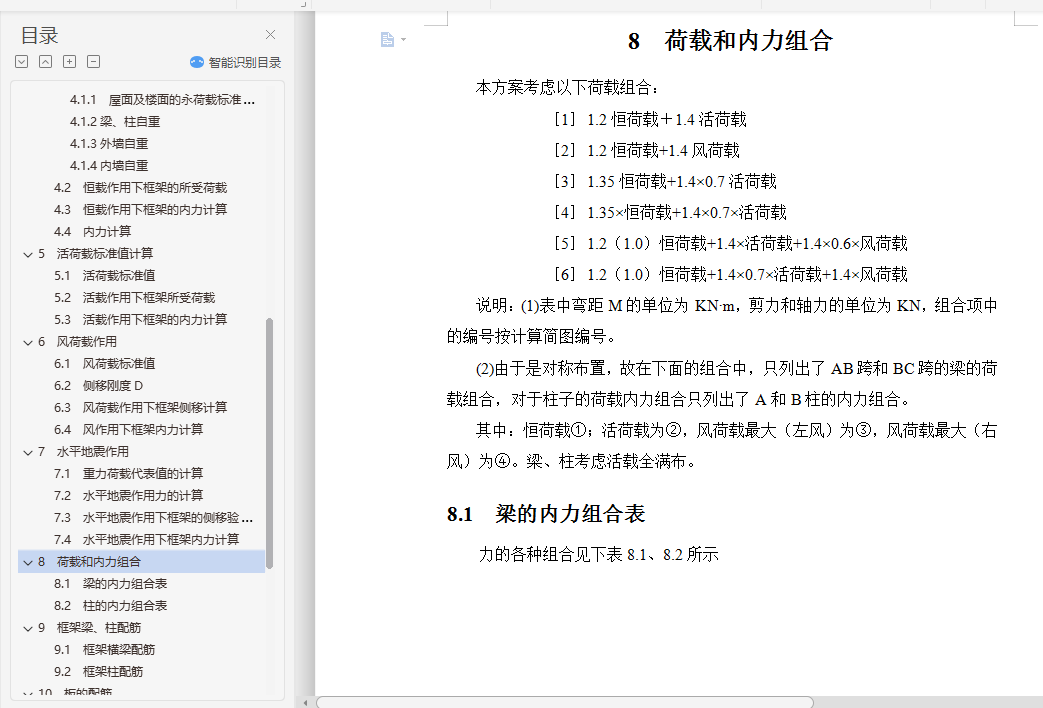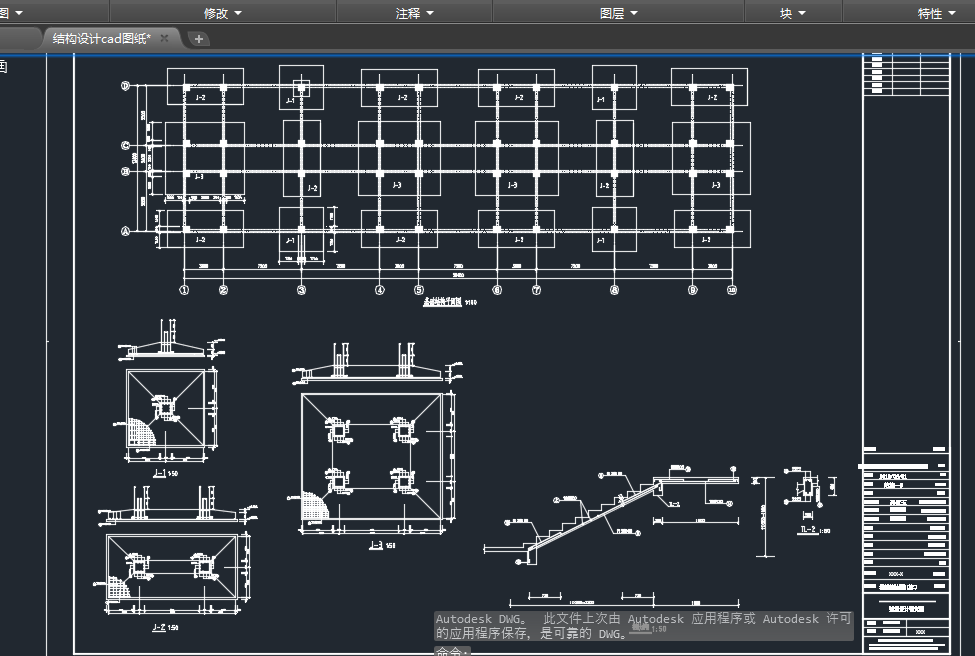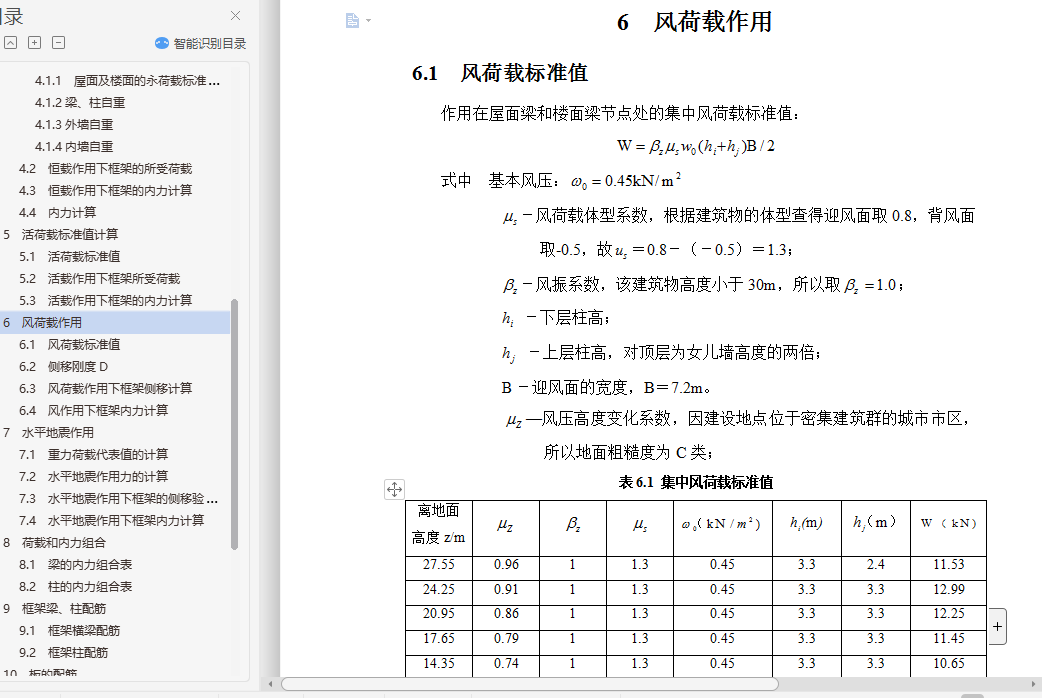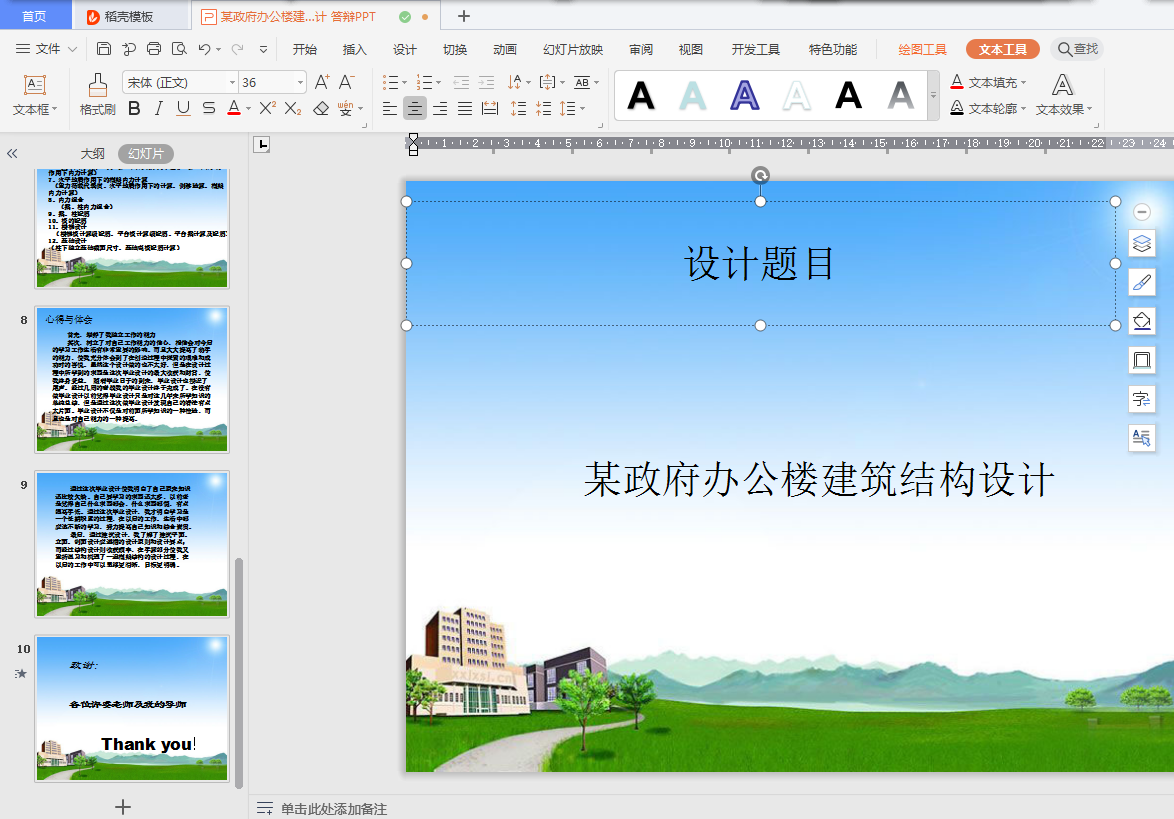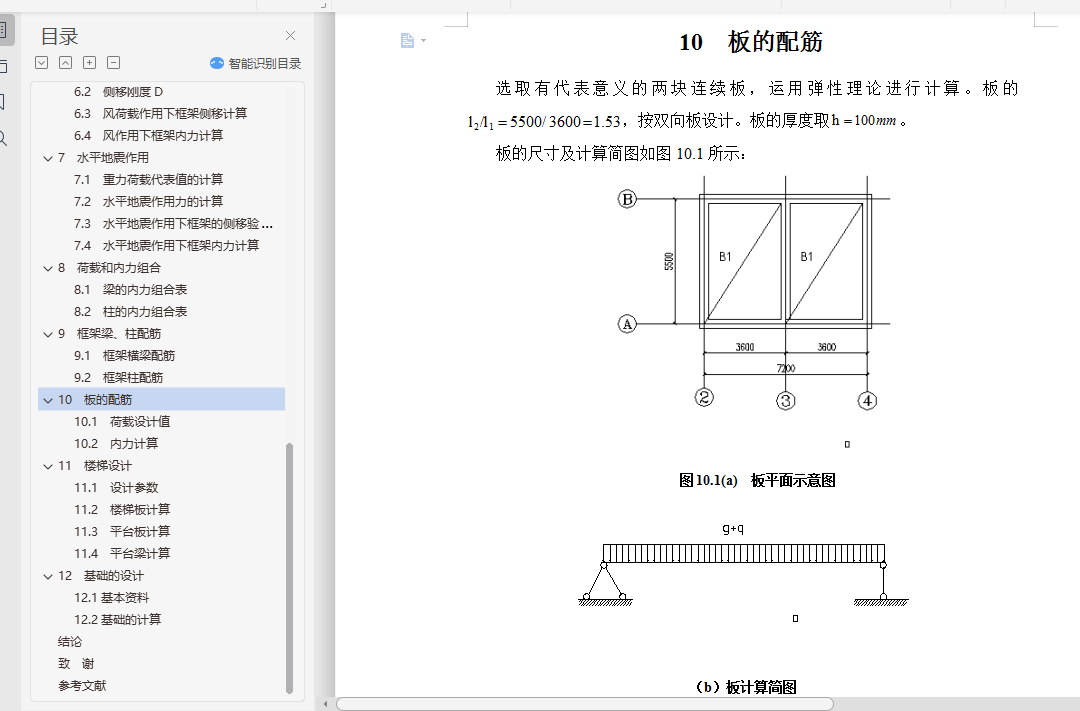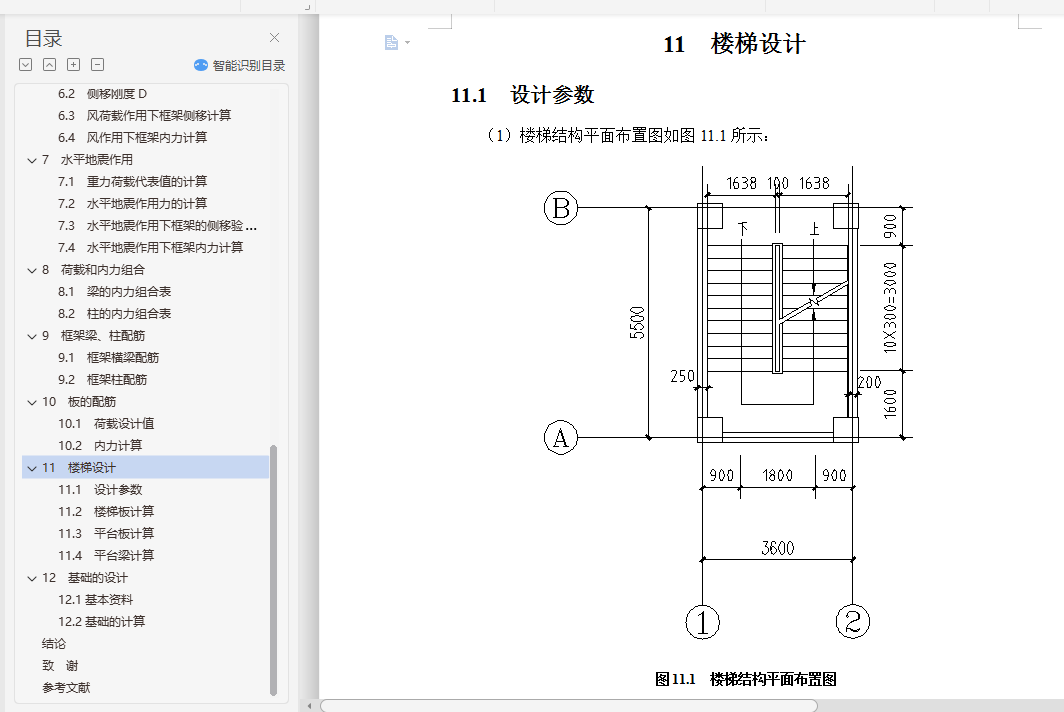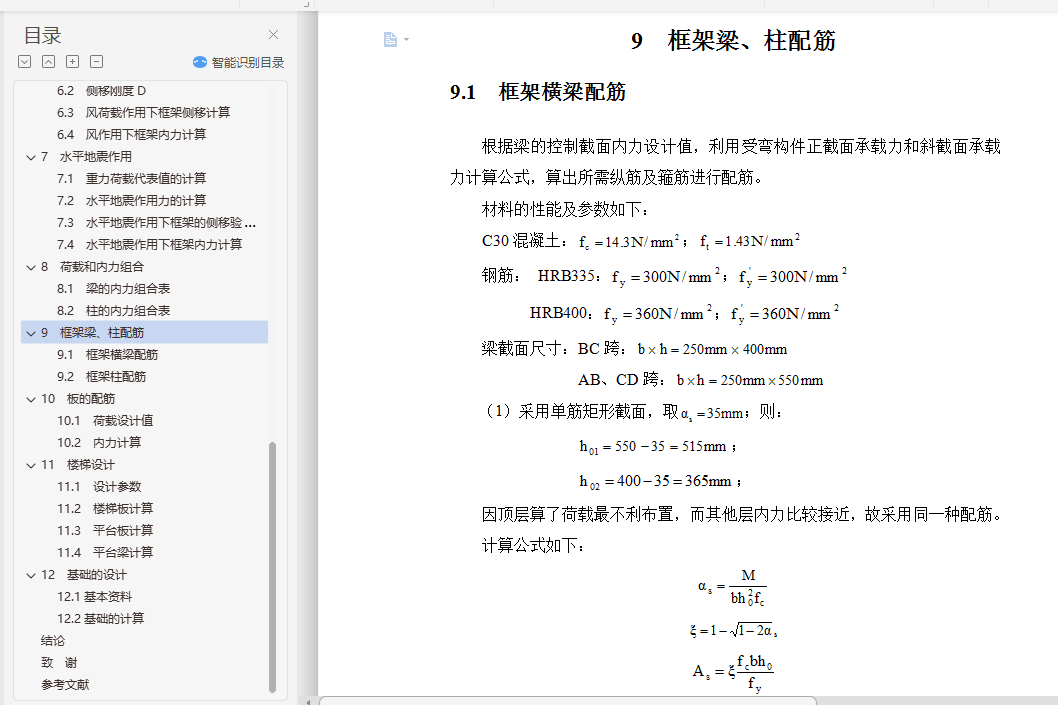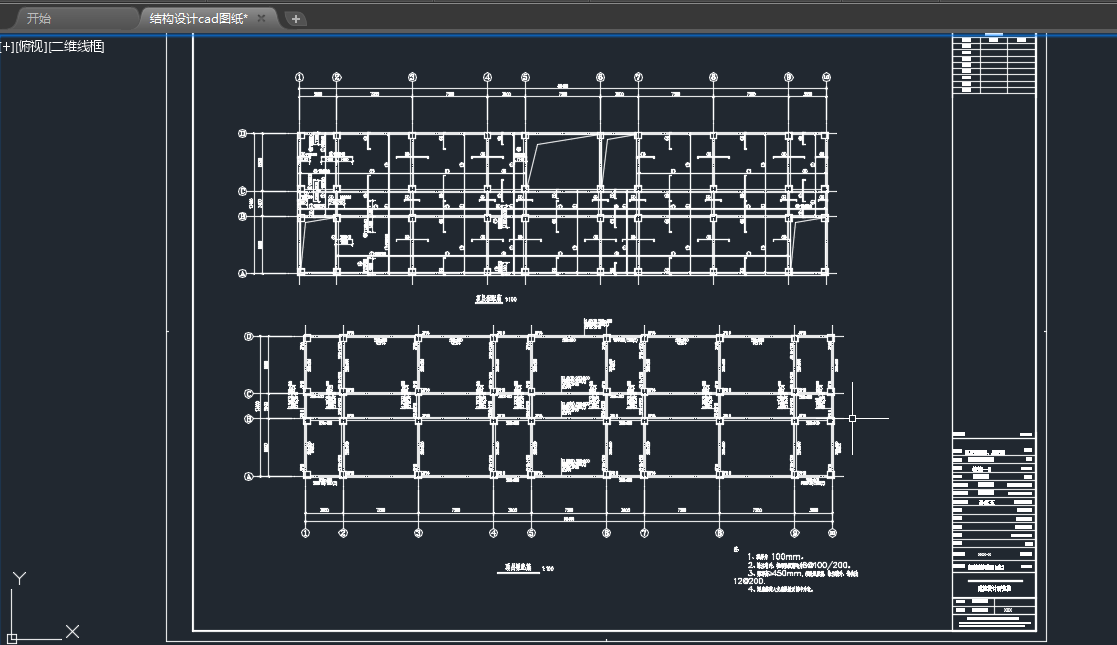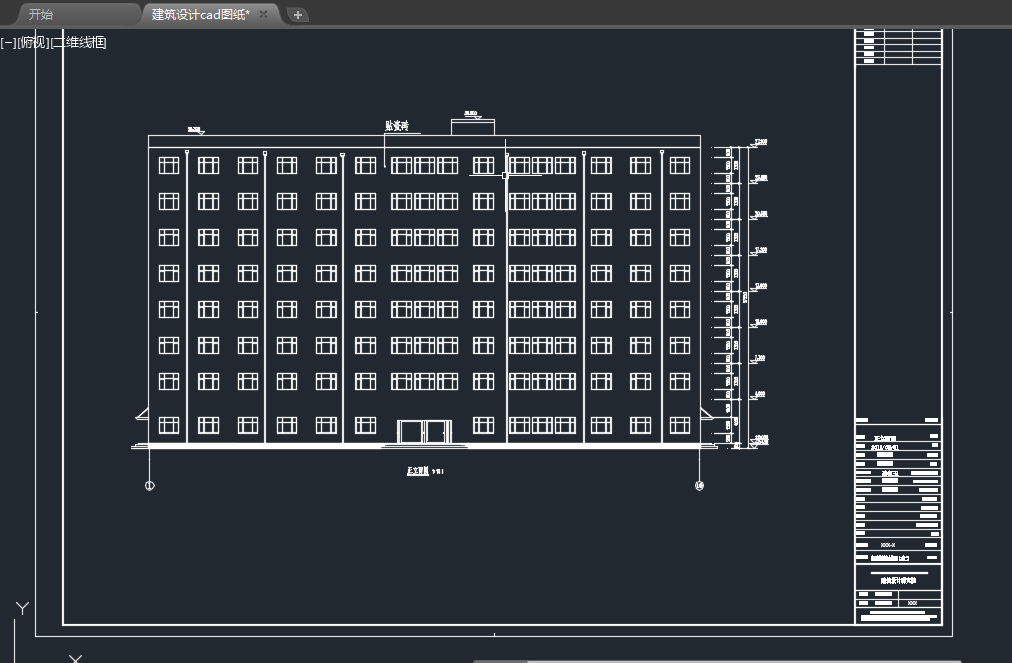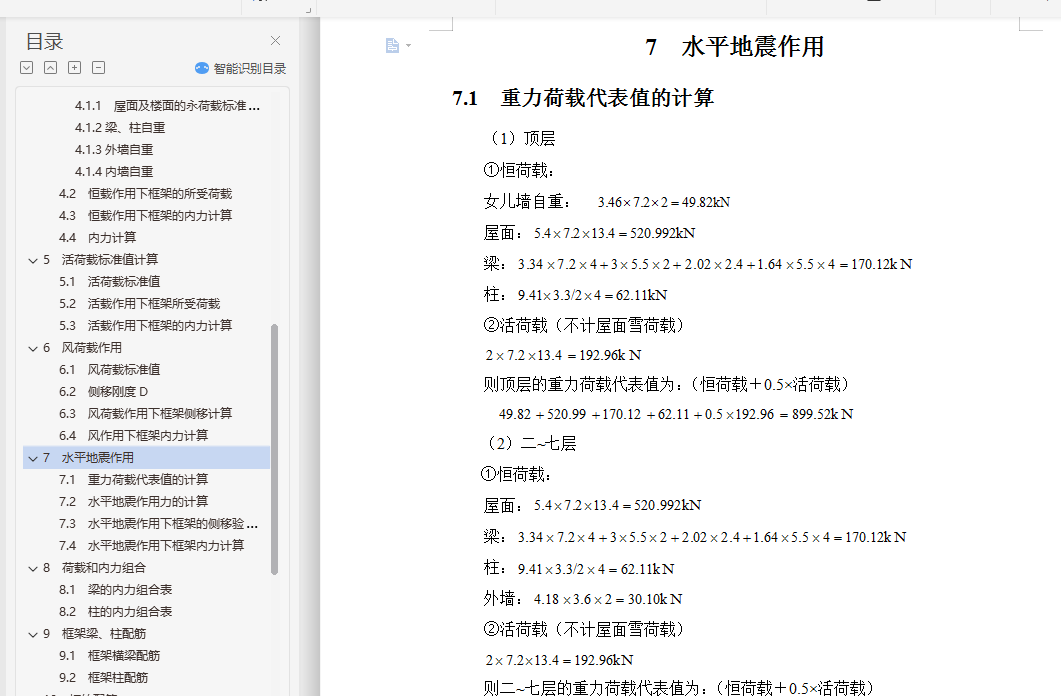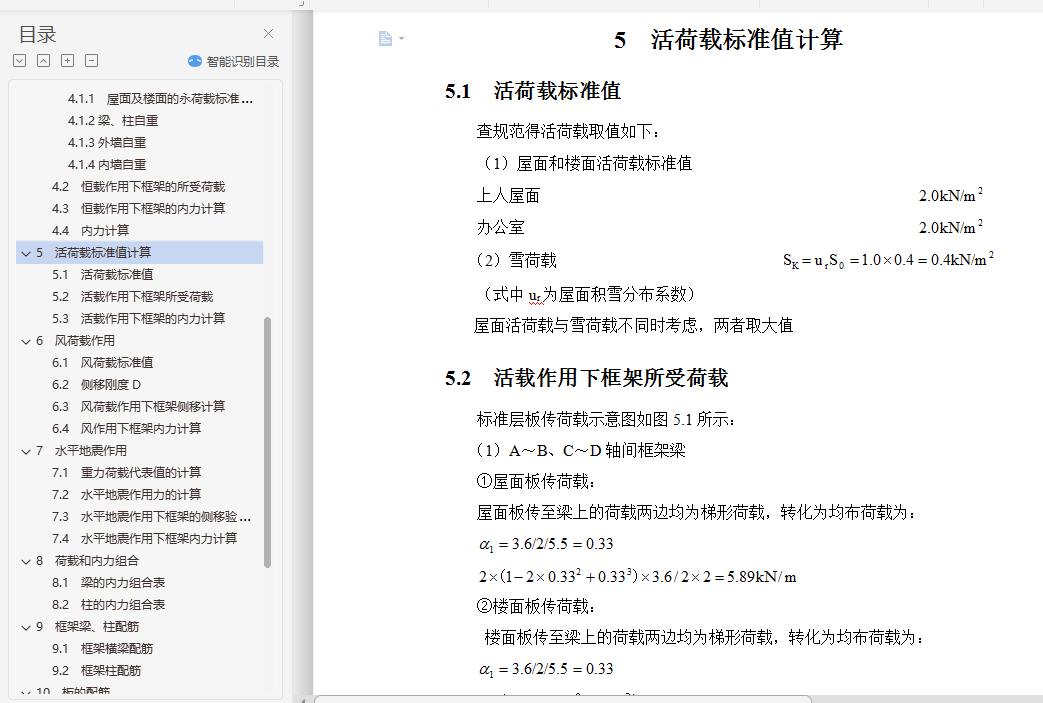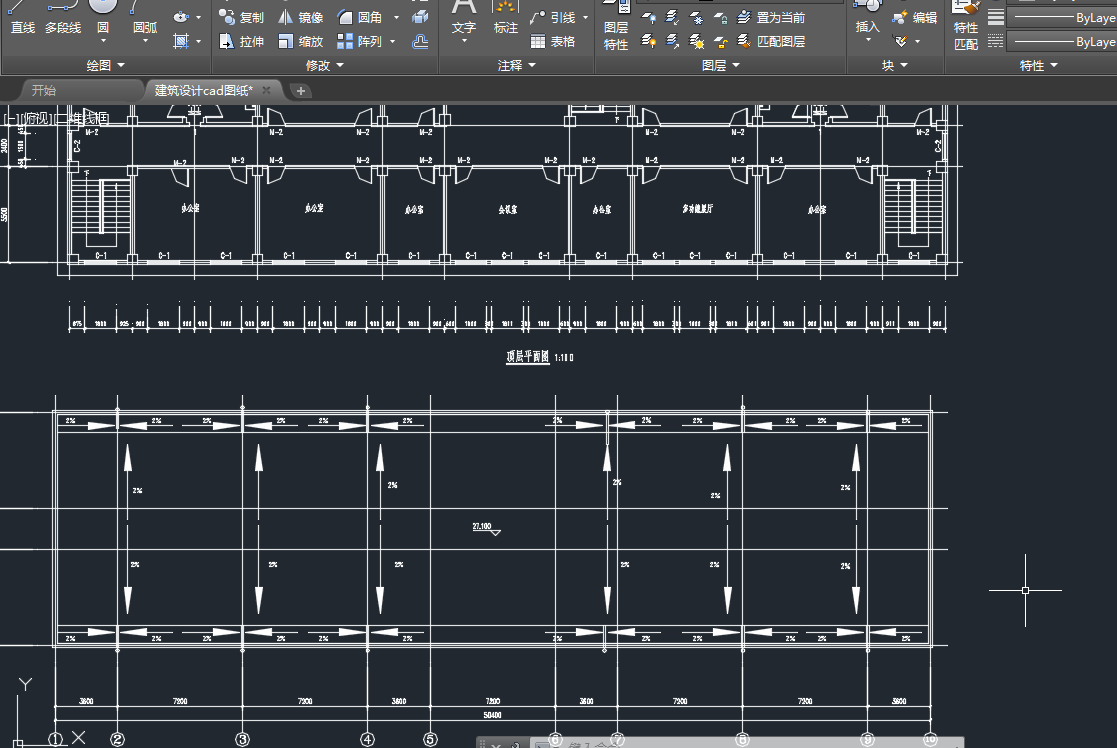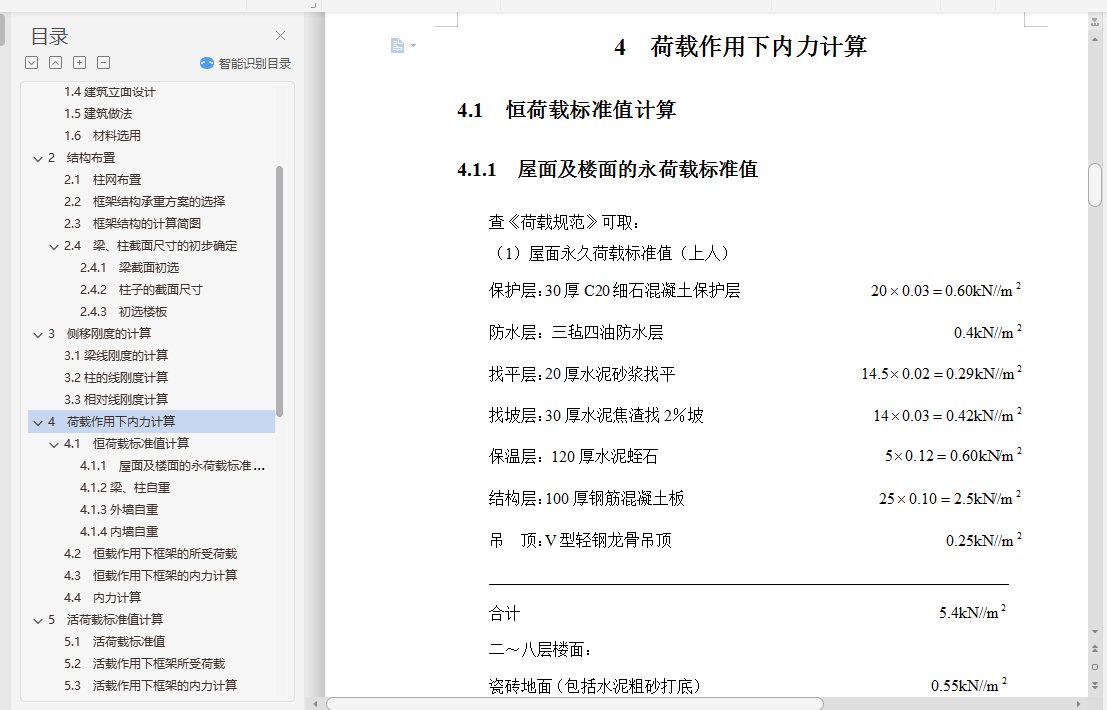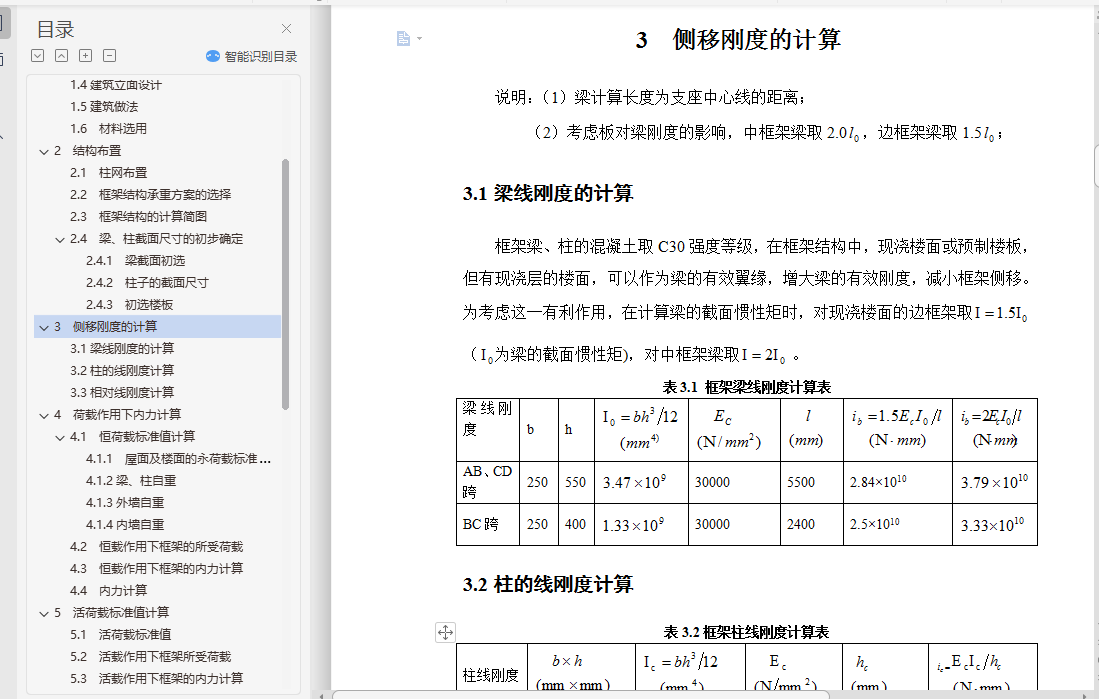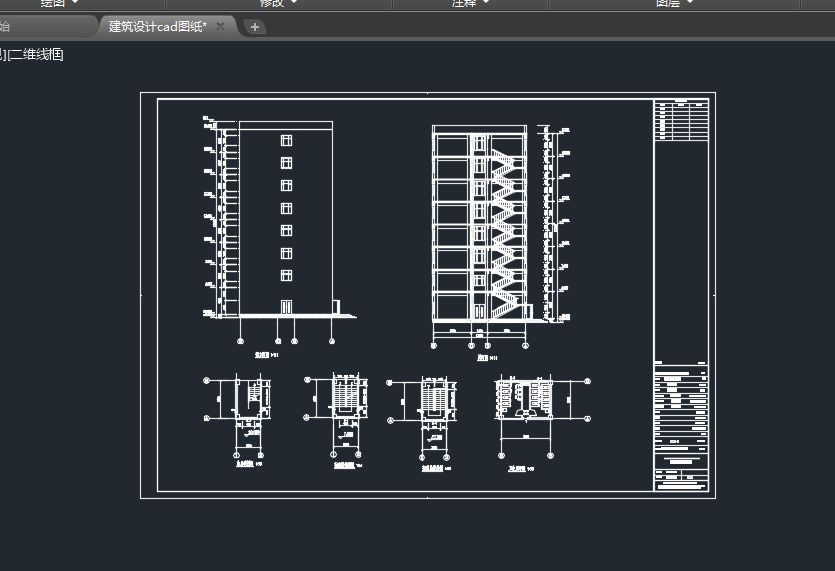摘 要
毕业设计是土木工程专业教学中的重要部分。其主要目的是培养学生综合应用所学基础理论和专业知识、基本技能,进一步提高和训练学生的工程制图、理论分析、结构设计、计算机应用和外文阅读能力。毕业设计特别应强调理论联系实际,提高学生分析、解决工程实际问题的能力,注重培养学生踏实、细致、严格、认真和吃苦耐劳的工作作风。通过毕业设计,使学生对一般工业与民用建筑的土建设计与施工内容有比较全面的了解,熟悉有关规范、规程、定额、手册和工具书,为今后独立工作打下基础。
此毕业设计包括建筑设计和结构设计两部分。本办公楼为八层钢筋混凝土框架结构,长50.4m,宽13.4m,高27.1m。本工程以手算优先,用结构专业辅助软件PKPM进行验算。根据配筋面积进行绘图。
第③轴框架为本次手算的任务,明确其计算简图与各个计算参数;然后根据建筑做法确定其所受的恒载、活载、风载、地震作用,计算梁、柱、板与基础的内力进行内力组合后得到各截面的控制内力;最后进行各结构构件的配筋计算。
关键词:设计;荷载计算;框架结构;结构配筋
ABSTRACT
Graduate design is the most important step in the teaching of Civil Engineering Major. Its main purpose is to cultivate students' ability of comprehensive application using their basic theory and professional knowledge, basic skills, and to further improve students’ ability of the engineering drawings, theoretical analysis, structural design, computer application and reading ability in foreign language. The graduation design must be paid great attention to link theory with practice and improve students' capability of analysis and solving practical problem about engineering, it also emphasize to train students' working style in down-to-earth effort, attentiveness, strict and hard-work. The graduation design enables students to understand construction design and construction contents of industrial and civil building comprehensively and also makes students familiar with relevant standards, procedures, quotas, manual and reference books, which make a foundation for the future work.
The graduation design including two parts: building design and structure design. This office building is designed into eight layer reinforced concrete frame structure, 50.4 m’ long, 13.4 m’ width, 27.1 m’ high. This project is preferred to hand computation, with the help of auxiliary equipment software PKPM to calculate the whole area of steel bar. The picture is drawled in accordance with the area of rebar frame.
The ③framework is the task of the hand count, making its calculation diagram and all the calculated parameters clear; And then makes it to be sure that the constant load, live load, wind load, earthquake effect, calculation beams and columns, board and foundation of the internal force redistribution of the force after each section of combination to get control internal force based on the construction practice; finally,The calculation of reinforcement to the structural members
Key words: Structural design;Load calculation; Reinforced concrete frame; Structural reinforcement
目 录
摘 要 i
ABSTRACT ii
目 录 iii
绪 论 1
1 工程概况 2
1.1 工程基本资料 2
1.2建筑平面设计 2
1.3建筑剖面设计 4
1.4建筑立面设计 4
1.5建筑做法 5
1.6 材料选用 5
2 结构布置 7
2.1 柱网布置 7
2.2 框架结构承重方案的选择 7
2.3 框架结构的计算简图 7
2.4 梁、柱截面尺寸的初步确定 9
3 侧移刚度的计算 12
3.1梁线刚度的计算 12
3.2柱的线刚度计算 12
3.3相对线刚度计算 13
4 荷载作用下内力计算 14
4.1 恒荷载标准值计算 14
4.2 恒载作用下框架的所受荷载 17
4.3 恒载作用下框架的内力计算 21
4.4 内力计算 23
5 活荷载标准值计算 25
5.1 活荷载标准值 25
5.2 活载作用下框架所受荷载 25
5.3 活载作用下框架的内力计算 28
6 风荷载作用 33
6.1 风荷载标准值 33
6.2 侧移刚度D 35
6.3 风荷载作用下框架侧移计算 35
6.4 风作用下框架内力计算 36
7 水平地震作用 41
7.1 重力荷载代表值的计算 41
7.2 水平地震作用力的计算 42
7.3 水平地震作用下框架的侧移验算 44
7.4 水平地震作用下框架内力计算 44
8 荷载和内力组合 50
8.1 梁的内力组合表 50
8.2 柱的内力组合表 55
9 框架梁、柱配筋 59
9.1 框架横梁配筋 59
9.2 框架柱配筋 61
10 板的配筋 65
10.1 荷载设计值 65
10.2 内力计算 66
11 楼梯设计 68
11.1 设计参数 68
11.2 楼梯板计算 69
11.3 平台板计算 70
11.4 平台梁计算 71
12 基础的设计 74
12.1基本资料 74
12.2基础的计算 75
结论 79
致 谢 80
参考文献 81
